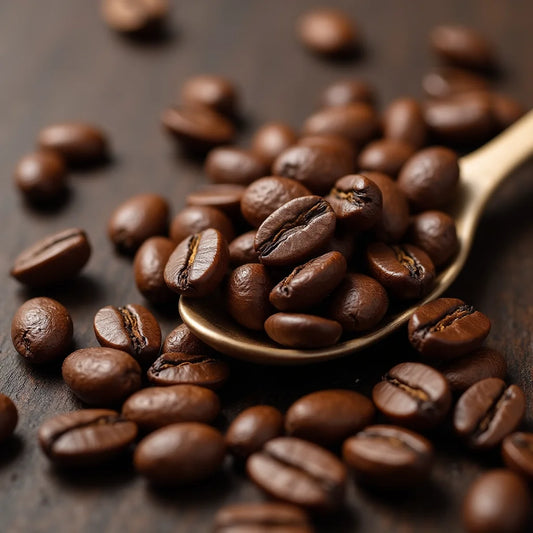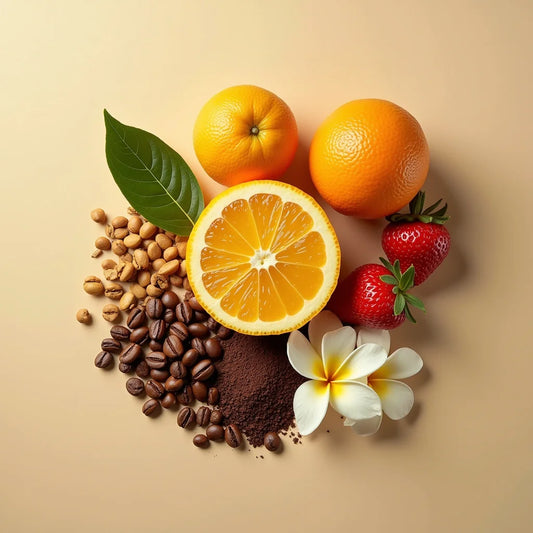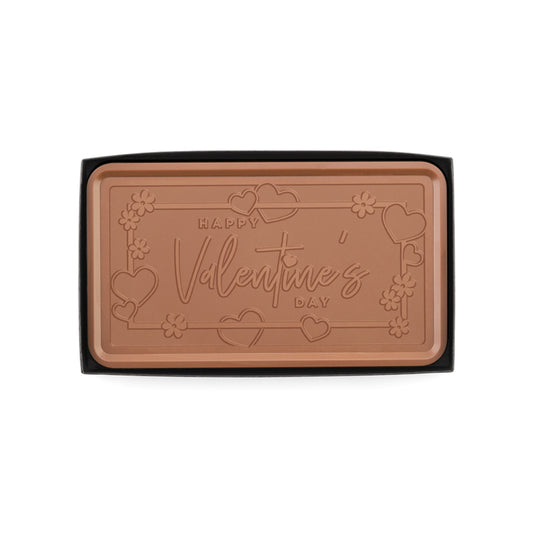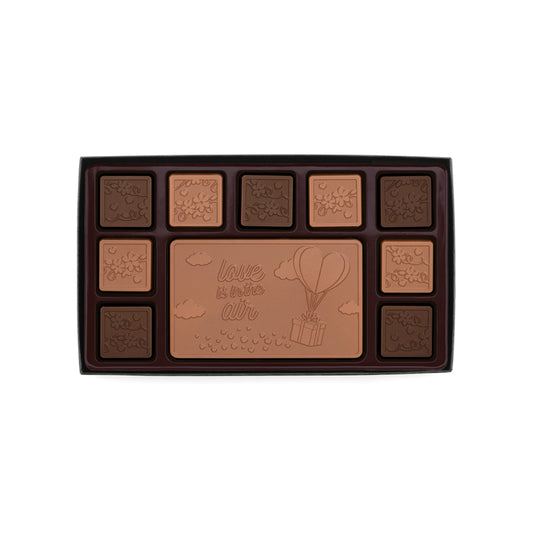
Why Coffee from Volcanic Soil Tastes Exceptionally Bold
Updated on: 2025-09-22
Table of Contents
- Why Volcanic Soil Coffee Wins on Flavor and Consistency
- Practical Guide: How to Choose and Brew Volcanic Soil Coffee
- Key Advantages of Volcanic Soil Coffee for Flavor and Freshness
- Volcanic Soil Coffee: Summary and Next Steps
- Volcanic Soil Coffee: Frequently Asked Questions
- About the Author: Volcanic Soil Coffee Guide by T10 T10
If you want a cup with bright fruit, chocolatey depth, and a clean finish, volcanic soil coffee belongs in your grinder. Grown on the slopes of active and ancient volcanoes, these high-altitude arabica beans concentrate sugars slowly, absorb mineral complexity, and develop the kind of balance that makes every sip feel crafted. In this guide, you will learn how to pick coffee from volcanic soil with confidence, brew to highlight its terroir, and build a rotation that keeps your mornings exciting.
Practical Guide: How to Choose and Brew Volcanic Soil Coffee
Identify authentic coffee from volcanic soil
Start by reading origin details on the bag. Look for country, region, and elevation. Volcanic regions are often named on labels because they are sought after. Examples include Mount Agung in Bali, the Rwenzori foothills in Uganda, the Kenyan Rift Valley, and classic Indonesian islands such as Sumatra. Elevations above 1,200 meters typically signal high-altitude arabica, which supports crisp acidity and layered sweetness.
Check processing. Washed coffees from volcanic soils tend to deliver clarity and citrus sparkle; natural and honey processes can add ripe fruit and heavier body. If you want a guided way to taste several terroirs side-by-side, try a curated set like a single-origin sample to compare profiles across volcanic landscapes in a few brews.
Choose roast levels for volcanic coffee
Roast level shapes the way volcanic terroir shows up in your cup:
- Light to light-medium: Highlights citrus, florals, and stone fruit from mineral-rich soils. Expect clarity and delicate sweetness.
- Medium: Balances chocolate and caramel with lively acids. This is a sweet spot for daily drinkers.
- Medium-dark: Emphasizes cocoa and spice while keeping a clean finish. Good for espresso or milk drinks.
Not sure where to start? A mixed-roast set like the best sellers set lets you dial in your preference before you buy full-size bags.
Brew methods that showcase volcanic coffee terroir
Volcanic soil coffee rewards precision. Use this simple approach:
- Filter brews (pour-over, automatic drip, AeroPress): Great for washed volcanic coffees from Kenya or Uganda. Use a 1:16 coffee-to-water ratio and 200°F water for clarity.
- Immersion brews (French press): Ideal for Sumatran or Bali beans when you want extra body. Use a 1:15 ratio, 4 minutes steep, and a gentle plunge.
- Espresso: Medium and medium-dark roasts from volcanic regions deliver syrupy shots and hold up in milk. Aim for 1:2 ratio in 25–30 seconds.
Grind size matters. If your cup tastes sour, grind finer; if it tastes bitter, grind coarser. Small adjustments unlock the natural sweetness that volcanic terroir is known for.
Pairings to elevate volcanic soil coffee at home
Mineral-rich beans play well with simple, high-quality treats. Citrus notes from Kenyan or Ugandan lots brighten pastries with vanilla. Cocoa-leaning Sumatran and Bali cups pair beautifully with chocolate. If you prefer convenience, pods from volcanic origins make pairings easy—try smooth, island-grown character in Bali coffee pods for a rich, low-effort morning routine. To explore more styles, browse the full coffee collection for single origins and blends tailored to your taste.
Storage tips for high-altitude arabica
Store whole beans in an airtight, opaque container at room temperature. Grind only what you need right before brewing. Avoid the fridge and freezer to prevent moisture exposure. Freshness peaks within a few weeks of roasting, so plan your orders in smaller, more frequent purchases.
Customer notes: “The Bali cup tasted like cocoa and brown sugar with a sparkling finish—very smooth,” says Maya, who switched from dark supermarket blends. “Kenyan beans brought me bright berry and a clean aftertaste,” adds Luis. Their feedback mirrors what many taste in volcanic coffee: clarity, sweetness, and balance.
Key Advantages of Volcanic Soil Coffee for Flavor and Freshness
Benefits of volcanic soil for coffee flavor
- Mineral density: Ash-rich soils provide essential nutrients that support even cherry development, leading to natural sweetness and complex flavors.
- Drainage and root health: Porous volcanic soils encourage deep root systems, which can help plants access consistent moisture and minerals.
- Clean cup profiles: Many volcanic regions also offer stable microclimates and careful processing, contributing to a clean, articulate taste.
The benefits of volcanic soil for coffee flavor show up in the cup as ripe fruit, chocolate, spice, and a lingering sweetness. The result is a versatile coffee that works in both filter and espresso.
Why high-altitude arabica thrives in volcanic terroir
- Slower ripening: Cool nights at altitude help beans develop sugars gradually, improving sweetness and acidity balance.
- Resilient plants: Healthy roots and stress-resistant trees often produce more consistent cherries year after year.
- Expressive coffee terroir: Altitude and volcanic terrain combine to create distinct signatures, from citrus and floral to cocoa and spice.
For many fans, volcanic coffee equals reliability: predictable quality, memorable aroma, and a finish that stays clean as the cup cools. That is why volcanic soil coffee has become a staple for home brewers who care about flavor and value consistency.
Want an easy way to compare several volcanic origins at once? Explore a guided flight with the single-origin sample and note how each region expresses its own coffee terroir. Keep your favorites on rotation, then stock up once you find your ideal profile.
Volcanic Soil Coffee: Summary and Next Steps
Volcanic soil coffee stands out for clarity, sweetness, and balance—traits shaped by mineral-rich earth and altitude. To bring those advantages into your daily cup, choose beans that list specific regions and elevations, align roast level with your brew method, and dial grind size to taste. Keep storage simple and fresh. Taste across regions to learn your preferences, and lock in the profiles you love.
- Compare origins quickly with a curated set like a best sellers set.
- For convenience without compromise, try origin-forward Bali coffee pods.
- Build a routine you look forward to every day by exploring the full coffee collection.
Small changes make big flavor gains. With the right beans and a simple method, volcanic coffee can elevate your mornings from the first sip.
Volcanic Soil Coffee: Frequently Asked Questions
What makes volcanic soil coffee taste different?
Mineral-rich soils, excellent drainage, and cooler, higher elevations shape the cup. The combination promotes even cherry ripening, balanced acidity, and natural sweetness. You get clean, layered flavors that often show citrus, chocolate, or spice depending on the origin and process. This is why many drinkers describe volcanic soil coffee as lively yet smooth.
Which countries produce the best coffee grown in volcanic soil?
Several regions are known for standout lots from volcanic terrain. East Africa includes parts of Kenya and Uganda with bright, aromatic profiles. Indonesia offers Bali and Sumatra for chocolate-forward, full-bodied cups. Latin America has volcanic belts across Central and South America that deliver sweet, balanced beans. There is no single “best”—use sample assortments to discover your personal favorites across the best volcanic soil coffee regions in the world.
Is volcanic coffee stronger or more caffeinated?
Strength relates to brew ratio and roast, not only origin. While high-altitude arabica from volcanic areas often tastes more vibrant, caffeine levels are comparable to other arabica coffees. If you want a stronger-tasting cup, grind a bit finer, increase your dose slightly, or choose a medium to medium-dark roast for greater body and intensity.
About the Author: Volcanic Soil Coffee Guide by T10 T10
T10 T10 writes about sourcing, roasting, and brewing terroir-driven coffees with a focus on volcanic soil coffee and high-altitude arabica. With years of product curation experience, T10 helps readers match flavor goals to beans and brew methods. Enjoy your next cup, and feel free to explore new origins with confidence.














